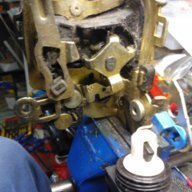Check Lists
Do you use checklists
156 members have voted
-
1. Do you use checklists
-
Printed factory checklist every time.25
-
Printed modified checklist every time.56
-
Factory or modified checklist for the first flight of the day only4
-
Memory or routine with occassional referal to printed checklist31
-
Routine or memory only38
-
What's a checklist?2
-


Recommended Posts
Create an account or sign in to comment
You need to be a member in order to leave a comment
Create an account
Sign up for a new account in our community. It's easy!
Register a new accountSign in
Already have an account? Sign in here.
Sign In Now